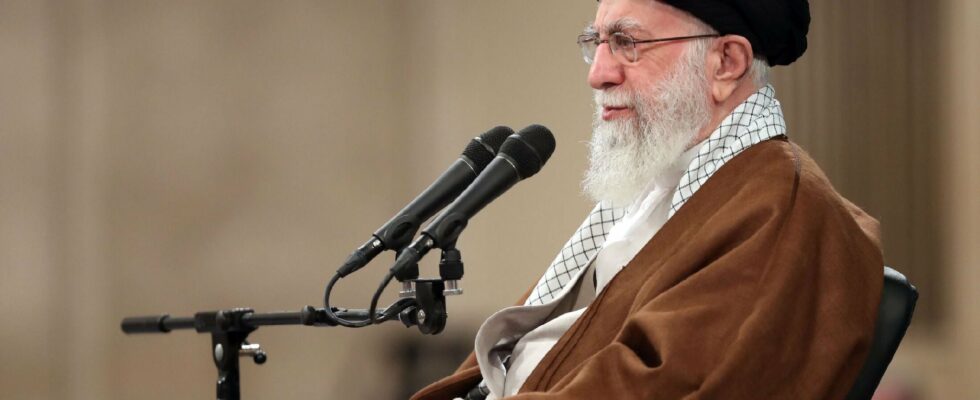In the fog of Tehran, we only talk about him. With his black turban and his salt and pepper beard, Mojtaba Khamenei nevertheless remains invisible, hidden at the heart of the infernal mechanics of the Islamic Republic. At 55, Mojtaba is the second son of Ayatollah Khamenei, the one his father placed at the head of the Beit, the office responsible for validating all decisions taken by the Iranian state, in order to ensure that they are perfectly in line with the vision of the Supreme Leader. An ideal position to oversee the Islamic Republic. And prepare to lead it.
Until now, Ebrahim Raïssi appeared to be the best placed to succeed the 85-year-old Supreme Guide, in fragile health. With absolute loyalty, the Iranian president proudly carried the Islamist and totalitarian vision of Ayatollah Khamenei, who was his teacher. But the crash of the presidential helicopter on May 19 reshuffled the cards. The favorite now has the same name as the Supreme Guide. “Khamenei has eliminated anyone who could potentially compete with his son to take his place,” assures historian Abbas Milani. “If he was really opposed to this scenario, he would speak out to say publicly that he does not want his son succeeds him. But he doesn’t do it.”
The support of her father is not the only asset on Mojtaba Khamenei’s CV. A veteran of the war against Iraq in the 1980s, he formed valuable bonds with soldiers and members of the intelligence services, who rose through the ranks. Today, he can count on his proximity to leaders of the Revolutionary Guards, this paramilitary force capable of sowing chaos throughout the Middle East.
Many rumors
“Since 2005, there have been numerous rumors circulating about the role of Mojtaba Khamenei within the Iranian political scene. Like Raisi, Mojtaba represents a very hardline faction of power, the neoconservatives, who rely on the strength of the Revolutionary Guards “, asks Mojtaba Najafi, researcher in information sciences and specialist on Iran. A sign of his importance for the future, Mojtaba Khamenei obtained the rank of ayatollah in 2022, the highest rank of the Shiite clergy, essential to become Supreme Guide.
However, the path remains far from clear for the heir. “In the Islamic Republic, the idea of a ruling dynasty is a taboo, underlines Mojtaba Najafi. We must not forget that the 1979 Revolution had the objective of eliminating kings. In reality, the Islamic Republic is a new form of religious monarchy and this taboo could be removed if the Iranian authorities judge that Mojtaba is the only one capable of managing the country and the crises.”
Unless the Supreme Leader has other concerns in mind: he remembers that the son and right-hand man of his predecessor, Ayatollah Khomeini, had been found dead in suspicious circumstances in 1995. The regime had concluded to a heart attack, his family to poisoning by the secret services. Another monarchical destiny.
